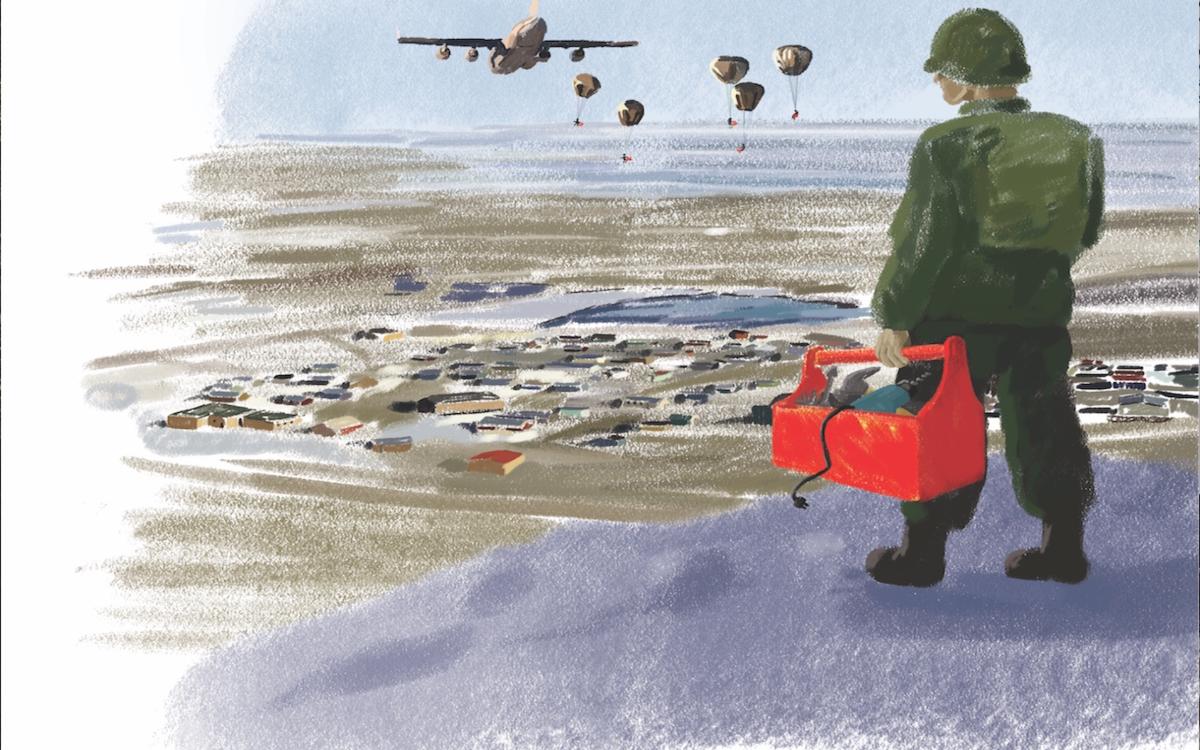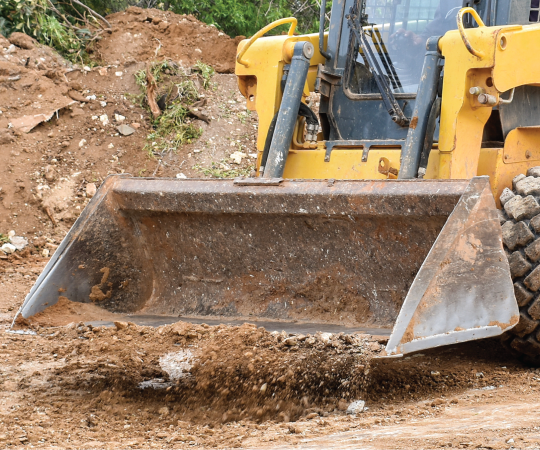A grandmother in Kugaaruk forced to sleep in a living room for 14 years due to overcrowding. Tarps used to patch holes in exterior walls. Children exposed to mould on a daily basis. Nunavut MP Mumilaaq Qaqqaq saw this and more on a tour of five Nunavut communities, as she documented abhorrent local housing conditions and the effects they had on the people living in those homes.
“We’ve known for decades that Inuit and Nunavummiut have been living in unacceptable conditions,” she wrote in ‘Sick of Waiting,’ the 2019 report that resulted from the tour. “Despite repeated promises from successive Liberal and Conservative governments, families comprised of multiple generations continue to live in the same mould-ridden house as they have for years.”
Qaqqaq called on the federal government to step up with more money, noting the Nunavut Housing Corporation doesn’t have the budget to keep up with—let alone, put a dent in—the dire home maintenance needs in the territory.
When the report was released, it got national headlines. But, like previous attempts to highlight the deplorable state of Northern housing, attention quickly turned to the next crisis.
Qaqqaq is not the first to bring light to this subject. In 2016, Nunavut Senator Dennis Patterson and senate colleagues toured the Inuit homeland to investigate housing. ‘We can do better: Housing in Inuit Nunangat,’ released in 2017, drew similar conclusions. “The chronic housing shortage, combined with a young and growing population, requires us to act now to alleviate the vulnerability experienced by far too many Inuit families due to a lack of housing and to ensure that generations of Inuit to come can fulfil their promise.”
Housing issues are exacerbated by high construction and transportation costs and a dearth of qualified home maintenance people in communities. But it’s clear housing is the root of many of the North’s ills. After all, everything starts at home: as the 2017 report noted, “adequate housing contributes directly to improved educational attainment levels, positive relationships, good health and economic prosperity.” Sadly, we’re a long way from “adequate.”
What would it look like if we made investments in housing a real priority? As Qaqqaq explained, the Nunavut Housing Corp. barely has the budget to even begin to tackle the home repairs required in Nunavut. If only there was a well-funded federal institution tasked with the single goal of waging war against the North’s housing woes.
Here’s an idea: If there’s such a thing as a marine corps or an army corps, let’s create a new, permanent branch of the Canadian Armed Forces—the Housing Corps. Armed with nail-guns and X-ACTO knives, its active members could roll into communities with double-walled home-heating oil tanks and engage in house-to-house combat with disrepair, neglect and cynicism.
We could roll out the Housing Corps this fall, by reimagining Operation Nanook—the annual military exercise that brings hundreds of southern-based armed forces personnel to select Northern communities for emergency response simulations and to learn from Canadian Rangers. Instead, we can load up Globemasters, navy frigates and coast guard icebreakers with construction materials from the south to supply fly-in communities. Meanwhile, let’s mobilize a small army of journeymen and women—plumbers, carpenters, gasfitters, electricians, and painters—to get to work building and repairing homes. We could pair them with Nunavut Arctic College and Aurora College apprentices—or anyone in the community with an interest in, or aptitude for, the trades—who can help maintain the public housing stock in the future. (And Op Nanook would still achieve its intended goal, since healthy Northern communities are vital to Canada’s Arctic sovereignty.)
If all goes well, we could adopt this approach writ large. Housing Corps brass could retreat to their war room, consulting reports and records to plan campaigns, determining where the need is most urgent. Then they would deploy tactical teams with precision strikes—building single-detached, duplex, or multi-unit dwellings exactly where they’ll have the most strategic impact on overcrowding or reducing public housing waitlists.
If anything, the creation of the Housing Corps would immediately defeat one of the North’s biggest enemies: inaction. As Qaqqaq aptly put it: “Promises don’t get rid of mould. Words don’t fix windows and doors. Empathy doesn’t fix leaking pipes.”










